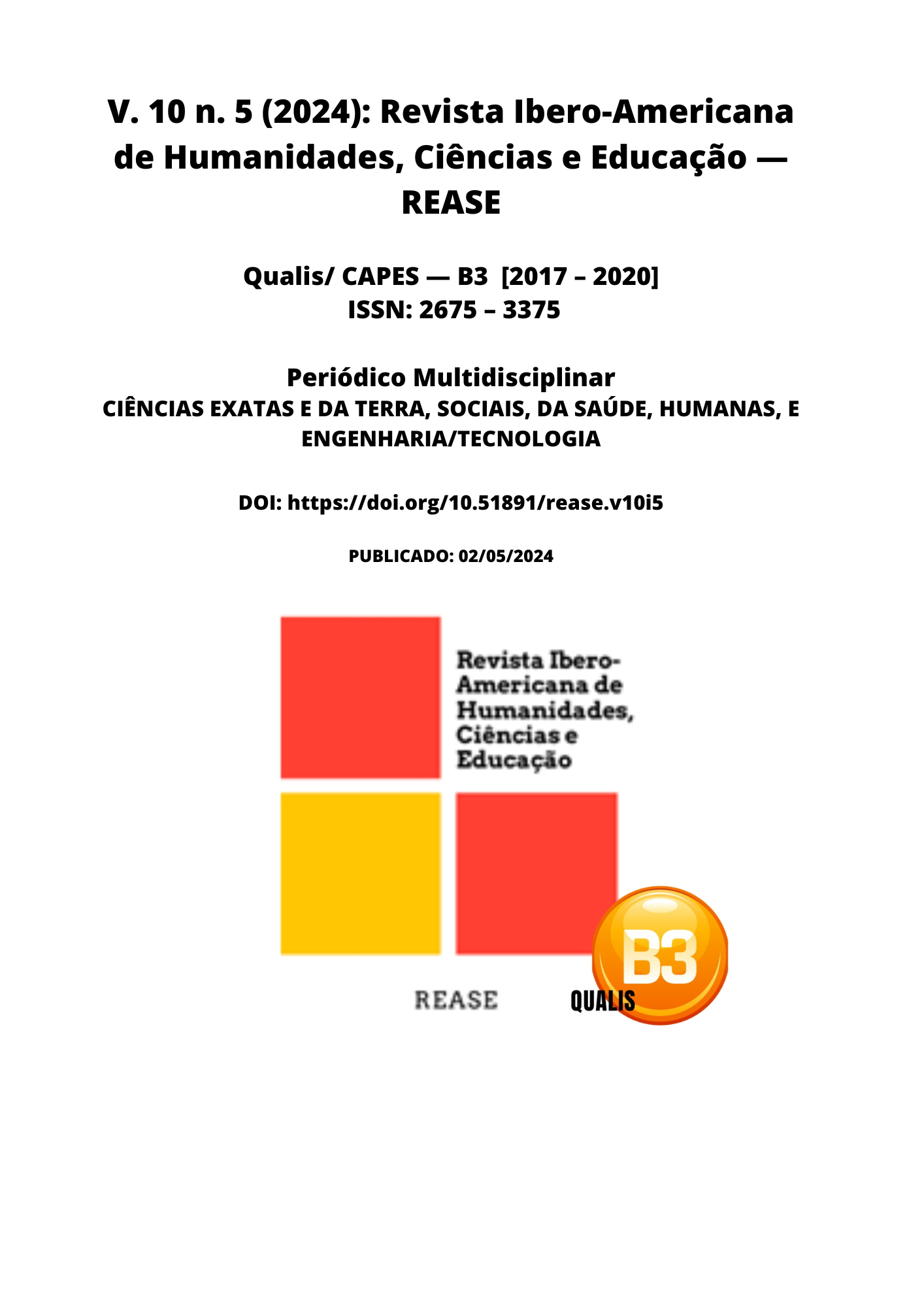INFÂNCIA ROUBADA: VIOLAÇÕES CONTRA CRIANÇAS EM CONFLITOS ARMADOS E A BUSCA POR PROTEÇÃO E JUSTIÇA
DOI:
https://doi.org/10.51891/rease.v10i5.13944Palavras-chave:
Conflitos armados. Direitos fundamentais. Crianças e adolescentes. Proteção legal. Implementação da lei internacional.Resumo
O presente trabalho de pesquisa empreendeu uma análise abrangente e atenta sobre como os conflitos armados afetam os direitos fundamentais de crianças e adolescentes que os experimentam diretamente, fazendo com que os mesmos se vejam privados de garantias básicas, ao mesmo tempo em que se expõe ao perigo de vida e cooptação forçada por grupos combatentes. Para a realização da pesquisa, procedeu-se com uma revisão sistemática de literatura, conjuntamente com uma análise documental em textos de lei e outros documentos relevantes. Ao final, concluiu-se que apesar de haver um amplo arcabouço legal para que crianças e adolescentes estejam mais protegidos quando expostos indevidamente a conflitos armados e/ou outros cenários de guerra, seu resultado final ainda é de pouca efetividade, haja vista a dificuldade de se implementar a lei internacional em ambientes de conflito e inocuidade estatal, bem como pelo fato de haver pouco empenho efetivo das grandes potências mundiais em fazer valer a lei internacional humanitário nos ditos conflitos, onde em geral, existem interesses próprios.
Downloads
Downloads
Publicado
Como Citar
Edição
Seção
Categorias
Licença
Atribuição CC BY

